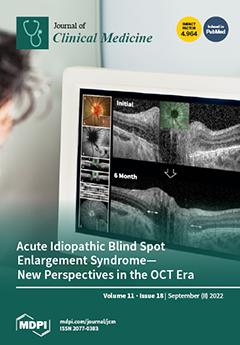Patients with systemic lupus erythematosus (SLE) have a higher risk of pericarditis, which could be fatal. The goal of this study was to identify the prognostic factors for mortality in patients with lupus pericarditis. Patients with lupus pericarditis treated at Chang Gung Memorial Hospital were included in this observational cohort study. This study conducted univariate and multivariate COX regression, as well as Kaplan–Meier survival curve analysis, to investigate mortality risk in SLE patients. The average age at admission was 40.78 ± 15.92 years. A total of 113 (16.4%) of the 689 patients had lupus pericarditis. Patients with lupus pericarditis exhibited older age, shorter follow-up, higher disease activities, and higher incidence rates of comorbidities than patients without pericarditis. Cox regression adjusted analysis indicated that lupus pericarditis (hazard ratio = 1.963, 95% CI = 1.315, 2.963,
p = 0.001), old age at admission (HR = 1.053, 95% CI = 1.040, 1.065,
p < 0.001), high SLEDAI score (HR = 1.079, 95% CI = 1.043, 1.116,
p < 0.001), and end-stage kidney disease (ESKD) (HR = 2.533, 95% CI = 1.620, 3.961,
p < 0.001) were all linked to increased mortality. Moreover, the Kaplan–Meier survival curve analysis revealed that patients with pericarditis compared to those without pericarditis had a higher mortality rate (log-rank test,
p < 0.001). A high proportion of SLE patients have manifestations of lupus pericarditis. Moreover, patients with lupus pericarditis have a greater risk of mortality even if they have no pericardial tamponade. Therefore, these patients need prompt diagnosis and treatment.
Full article






